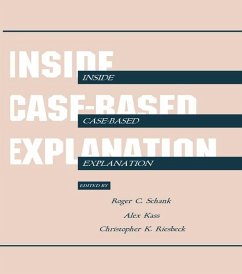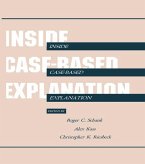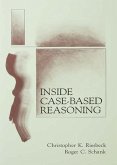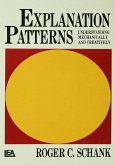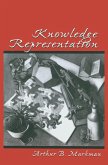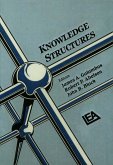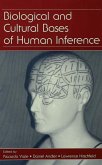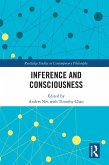The ability to come up with hypotheses about what is really going on in a story is a hallmark of human intelligence. The biggest difference between truly intelligent readers and less intelligent ones is the extent to which the reader can go beyond merely understanding the explicit statements being communicated. Achieving a creative level of understanding means developing hypotheses about questions for which there may be no conclusively correct answer at all. The focus of the lab, during the period documented in this book, was to work on getting a computer program to do that.
The volume adopts a case-based approach to the construction of explanations which suggests that the main steps in the process of explaining a given anomaly are as follows:
* Retrieve an explanation that might be relevant to the anomaly.
* Evaluate whether the retrieved explanation makes sense when applied to the current anomaly.
* Adapt the explanation to produce a new variant that fits better if the retrieved explanation doesn't fit the anomaly perfectly.
Dieser Download kann aus rechtlichen Gründen nur mit Rechnungsadresse in A, B, BG, CY, CZ, D, DK, EW, E, FIN, F, GR, HR, H, IRL, I, LT, L, LR, M, NL, PL, P, R, S, SLO, SK ausgeliefert werden.
Contemporary Psychology
"...the book provides a very informative overview of case-based explanation....thought provoking, and the general principles behind the model of explanation (and indeed understanding per se) are highly appealing."
Minds and Machines
Contemporary Psychology
"...the book provides a very informative overview of case-based explanation....thought provoking, and the general principles behind the model of explanation (and indeed understanding per se) are highly appealing."
Minds and Machines

